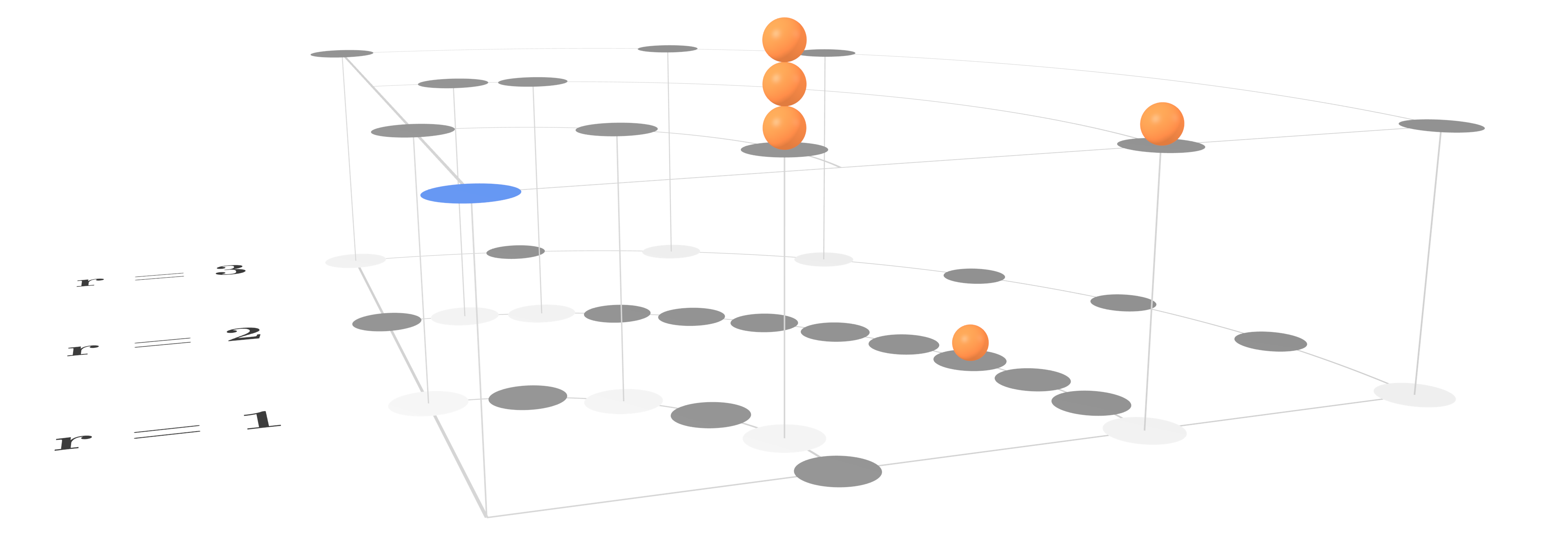Good figures and visual aids are essential in communicating scientific ideas. Just as new data are best presented with a good plot, a new concept is best introduced with a good diagram. 3D diagrams can be more descriptive than their 2D counterparts, but their creation process is more involved. The user builds a 3D scene from sphere/cylinder/cube primitives, adjusts surface colors, surface textures, camera position, lighting, etc., and finally renders the 3D scene into a 2D image.
Blender is a free and open-source 3D rendering program used extensively by the 3D animation community. In addition to the traditional point-and-click interface, it has a Python API for building scenes programmatically. The banner and splash images for tedm.us were created using Blender (more about that here). Below is a Blender-generated diagram from my research (more research images here).
